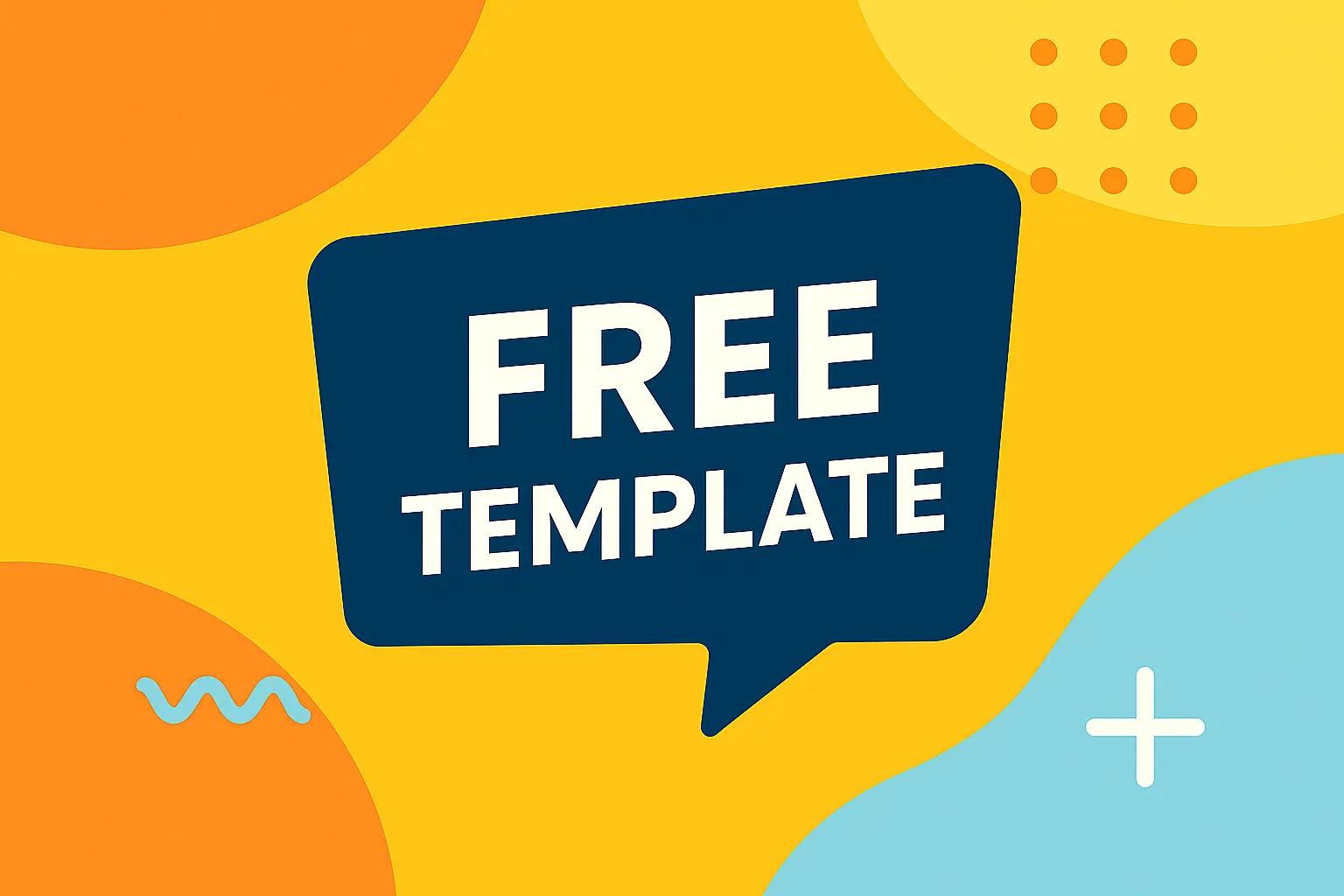What is Joomla?
Joomla is a powerful, open-source Content Management System (CMS) used to build websites and online applications. It is written in PHP and uses MySQL for database storage. Since its inception in 2005, Joomla has grown into one of the most popular CMS platforms alongside WordPress and Drupal, boasting a large global community and thousands of extensions.
Joomla stands out for its flexibility, scalability, and robust core functionality. Whether you’re creating a simple personal blog or a complex corporate website, Joomla provides the tools and features necessary to bring your vision to life.
Why Choose Joomla?
Before diving into how Joomla works, it’s important to understand why many developers and businesses choose Joomla over other CMS platforms.
Open Source and Free
Joomla is completely free to use. You can download, install, and modify the software without any licensing fees. This makes it an ideal choice for startups, freelancers, and nonprofit organizations.
Strong Community Support
With an active global community, Joomla provides support forums, user groups, events, and comprehensive documentation. This ensures you’ll never be left without help.
Built-in Multilingual Support
Unlike many other CMS platforms, Joomla comes with native multilingual support. You can build websites in multiple languages without relying on third-party extensions.
Flexible and Scalable Architecture
Joomla is built on the MVC (Model-View-Controller) framework, which allows developers to build custom applications. It also supports templates and modules, which help in creating feature-rich and customizable websites.
Security-Focused
Joomla has a dedicated Security Strike Team (JSST) that continually works to protect the core and extensions from vulnerabilities.
Understanding Joomla’s Structure
For beginners, understanding Joomla’s structure is essential to mastering the CMS.
Articles and Categories
Articles are the basic content units in Joomla. They can be grouped under categories, allowing for hierarchical organization. You can think of articles as posts or pages, and categories as folders.
Menus and Menu Items
Menus help navigate your website. Each menu can contain multiple menu items that link to different content like articles, categories, or external URLs.
Modules
Modules are lightweight extensions used to display content around the main body. Examples include login forms, search bars, and latest articles.
Components
Components are more complex extensions responsible for the core functionalities, such as content management, user management, and third-party integrations.
Plugins
Plugins are small task-oriented extensions that trigger on events to perform specific functions, like filtering content or adding tracking codes.
Templates
Templates control the visual appearance of your Joomla site. There are both frontend and backend templates, and Joomla allows you to assign templates to specific pages.
Installing Joomla: Step-by-Step
Here’s how to set up Joomla locally or on a server:
System Requirements
- PHP 8.1 or later
- MySQL 5.6+ or PostgreSQL 11+
- Apache 2.4+, Nginx, or Microsoft IIS
- At least 256MB of RAM
Download Joomla
Go to the official Joomla website and download the latest stable release.
Set Up Local Server
Use XAMPP or WAMP to create a local server environment. Install it and start Apache and MySQL.
Create Database
Open phpMyAdmin and create a new database for your Joomla installation.
Install Joomla
- Extract the Joomla zip file in your local server directory (e.g., htdocs/joomla).
- Visit http://localhost/joomla in your browser.
- Follow the installation wizard:
- Site name
- Admin email, username, and password
- Database configuration
- Final installation
Log into Administrator Panel
After installation, log into the admin panel via http://localhost/joomla/administrator.
Basic Configuration After Installation
Set Global Configurations
Navigate to System > Global Configuration to set site settings like site name, metadata, SEO settings, session time, etc.
Install a Template
Use the Extension Manager to install and apply a template. There are many free and premium Joomla templates available.
Create Content
Start creating categories and articles. Use the editor to format your text, add images, videos, and more.
Add Menu Items
Create a navigation menu to link to your articles, categories, or external resources.
Extending Joomla with Extensions
Joomla offers thousands of extensions categorized as:
- Components: e.g., HikaShop, Community Builder
- Modules: e.g., Social media feed
- Plugins: e.g., SEO plugins
- Templates: Layout and design
Visit the Joomla Extensions Directory (JED) to explore.
Security Best Practices for Beginners
- Keep Joomla and all extensions up to date.
- Use strong passwords and enable 2FA.
- Take regular backups using extensions like Akeeba Backup.
- Use trusted extensions only.
- Limit file permissions and disable directory listings.
Joomla vs. Other CMS Platforms
| Feature | Joomla | WordPress | Drupal |
| User Management | Advanced | Basic | Advanced |
| Multilingual | Native Support | Plugin Required | Native Support |
| Complexity | Medium | Easy | Complex |
| Flexibility | High | Medium | Very High |
Learning Resources for Joomla Beginners
- Official Joomla Documentation
- Joomla Forums and Community
- YouTube Tutorials
- Udemy and Coursera Courses
- Joomla User Groups (JUGs)
Conclusion
Joomla is a powerful, flexible CMS perfect for beginners ready to invest a bit of time learning. It strikes a balance between user-friendliness and advanced features, offering a solid foundation for personal blogs, business websites, or even full-fledged eCommerce stores.
Ready to build your first Joomla website? Download Joomla today and explore the endless possibilities of open-source web development!
Cargo HUB – Transportation, Logistics and Shipping Joomla 5 Template
Cargo HUB is the best transportation and logistics business Joomla 5 Template built with Helix and Sp Page Builder 5 Pro.

